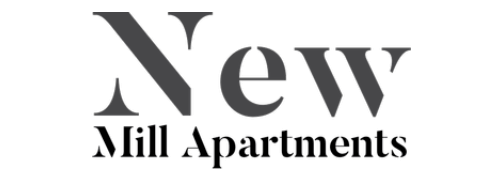Content
Your company’s total fixed costs will be independent of your production level or sales volume. The cons of absorption costing include its potential to distort profits, complexity, and reliance on assumptions. Nevertheless, absorption costing is still the most commonly used method of accounting for inventory and is an essential tool for managers https://dodbuzz.com/running-law-firm-bookkeeping/ to understand. Another everyday use of absorption costing is when businesses want to compare their products or services to those of their competitors. If you want a more accurate portrayal of your company’s financial situation, you should use absorption costing. However, variable costing may be your better option if you want to save money.
This blog post is an attempt to explain the mechanics of activity types, their configuration, master data and transactional data setup. Absorption costing is the acceptable method for tax and external reporting purposes. Variable costing is only used internally to aid management in making decisions. When production is equal to sales, meaning there is no difference in the beginning and ending inventories, the operating income under both methods are the same. It might not be fun, but calculating your fixed costs on a regular basis will benefit your business in the long run. Having a finger on the pulse of your business metrics will be crucial to happily serving your customers for years to come.
What’s the Difference Between Variable Costing and Absorption Costing?
This means that the true cost of inventory is not accurately represented. Another limitation is that it allocates fixed overhead to products even if they do not use the overhead. This is because the fixed overhead is allocated based on the number of units produced, not on the number of units that actually use the overhead. This is because it includes all costs, regardless of whether they are variable or fixed.
- Absorption costing is linking all production costs to the cost unit to calculate a full cost per unit of inventories.
- The period costs would include selling, general and administrative costs.
- The goal of absorption costing is to determine the full cost of producing a product, which can be useful for pricing, decision-making, and planning.
- Instead, it also includes the costs of materials and supplies used in production.
- Carefully study the arrows that show how amounts appearing in the absorption costing approach would be repositioned in the variable costing income statement.
- However, it is important to be consistent in how you group costs to compare apples to apples accurately.
It would be easy to use up full manufacturing capacity, one sale at a time, and not build in enough margin to take care of all the other costs. If every transaction were priced to cover only variable cost, the entity would quickly go broke. Second, if a company offers special deals on a selective basis, regular customers may become alienated or hold out for lower prices.
How to Deal with Overhead Under Absorption or Over Absorption
Yes, you will calculate a fixed overhead cost per unit as well even though we know fixed costs do not change in total but they do change per unit. When we prepare the income statement, we will use the multi-step income statement format. It is calculated by dividing the overhead costs by the number of labor hours required for production.
In the context of measuring inventory and income, a manager will want to understand both absorption costing and variable costing techniques. This information must be interlaced with knowledge of markets, customer behavior, and the like. The resulting conclusions can set in motion plans of action that bear directly on the overall fate of the organization. The preceding illustration highlights a common problem faced by many businesses.
Absorption Costing vs. Variable Costing
In this guide, we’ll talk about fixed costs and how you can calculate them. We’ll highlight the differences between fixed costs and variable costs and even give you a few more financial formulas to take your business to the next level. Additionally, businesses often use absorption costing because it is required by generally accepted accounting principles (GAAP). While there are other ways to calculate the cost of goods sold, absorption costing is the most commonly used method. Absorption costing is a method of accounting that attempts to assign all costs to the goods or services they produce.
- There are a few alternatives to absorption costing that businesses can use if they find the limitations of absorption costing too restrictive.
- In addition, absorption costing provides a holistic costing perspective that can be beneficial for strategic and financial decision-making.
- When it comes to the pros and cons of absorption costing, it’s essential to consider the relevance for inventory management.
- Absorption costing uses an “absorption factor” to determine how much of an item’s cost should be assigned to inventory and how much should be charged against the sales revenue.
- The goal is to have the costs match the revenue generated by the sale of those products.

